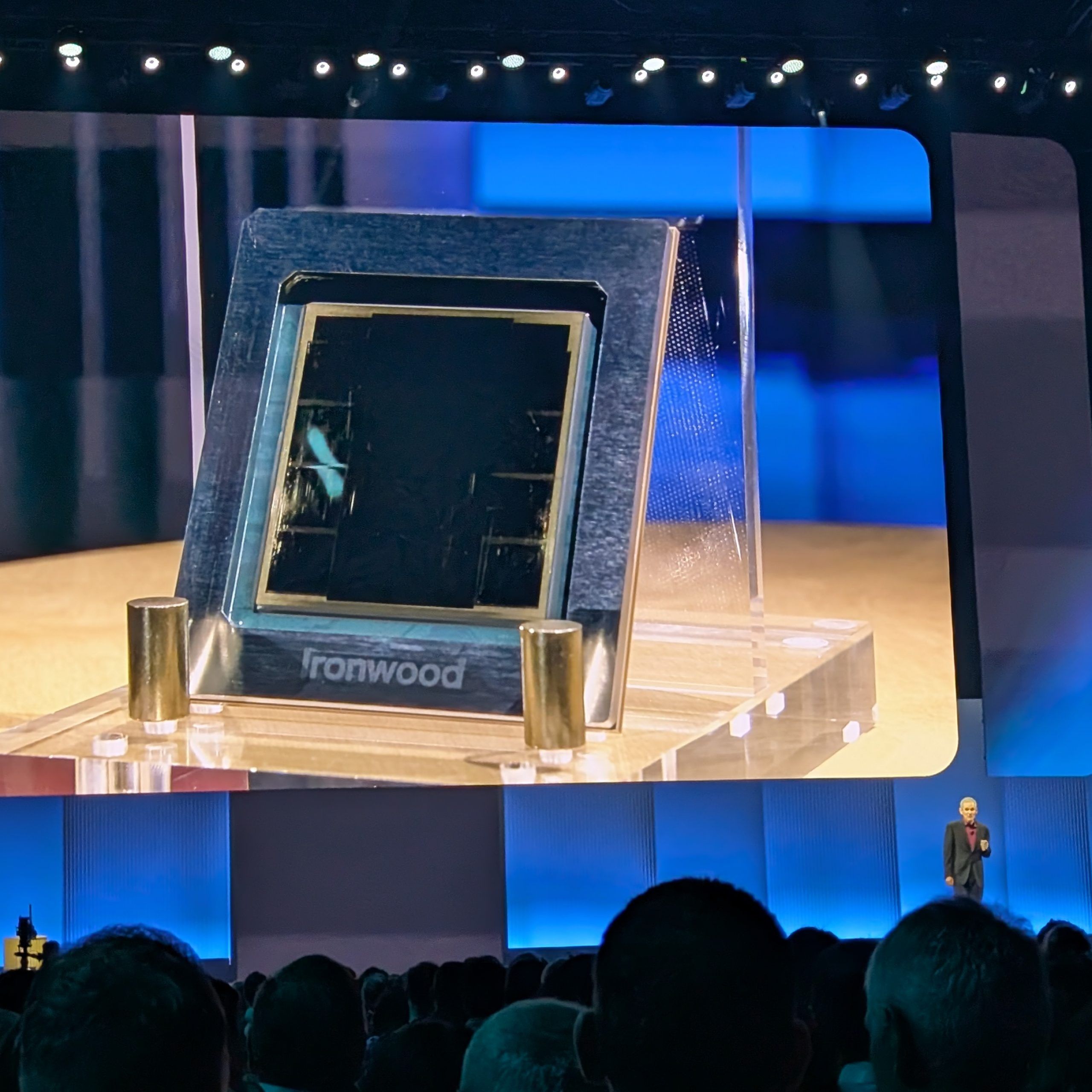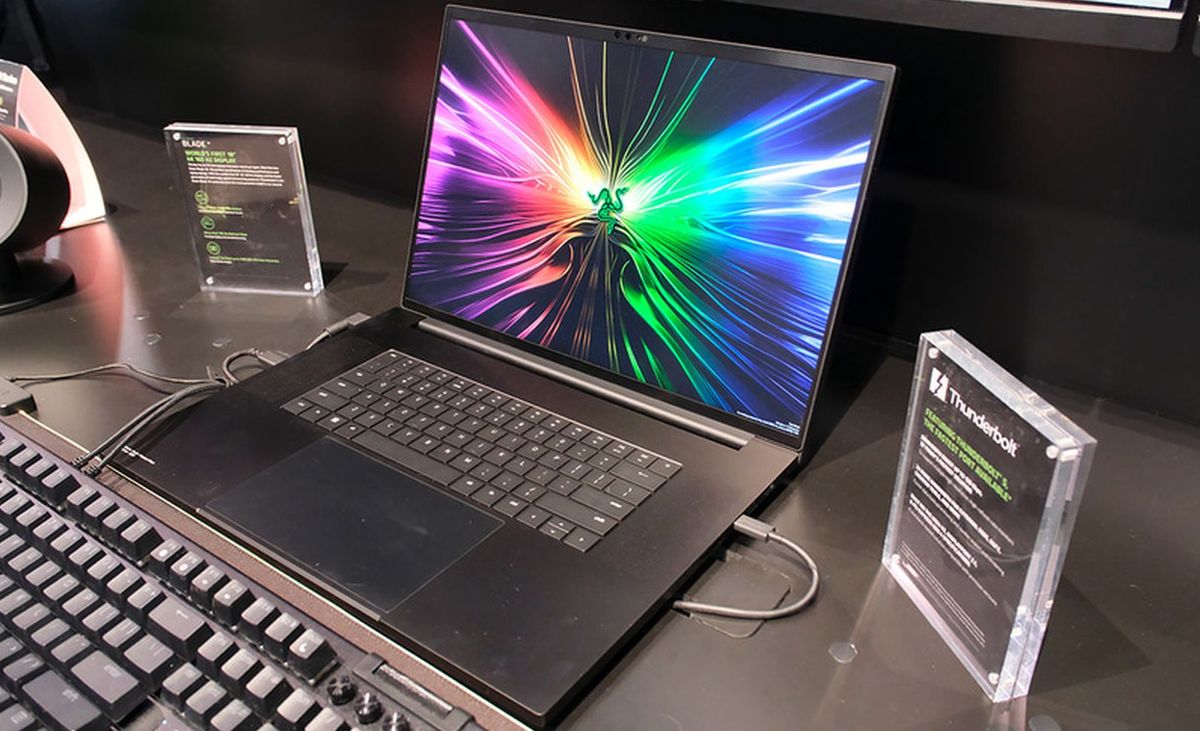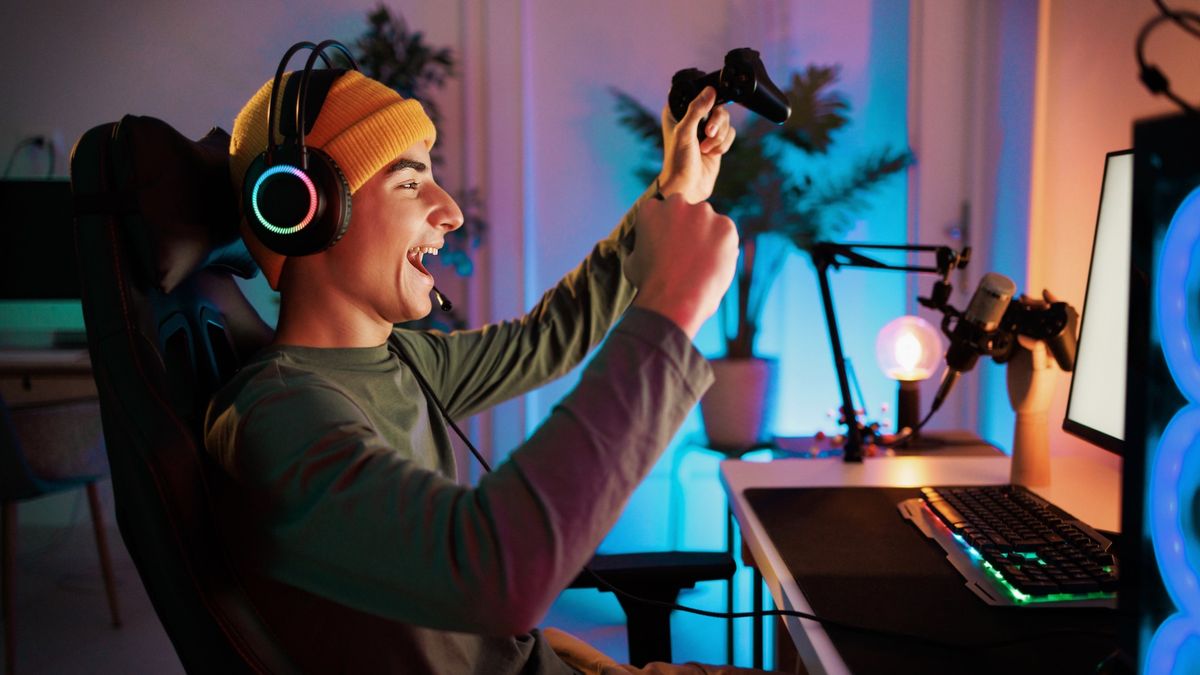- Google states that your Ironwood TPU is 24 times faster than the El Capitan supercomputer
- An analyst says that Google's performance comparison is “perfectly dumb”
- Compare AI systems and HPC machines are fine, but they have different purposes
In the recent Google Cloud Next 2025 event, the technological giant said that his new Ironwood Pod TPU V7P is 24 times faster than the captain, the class supercomputer exascale in the National Lowrence Livermore laboratory.
But Timothy Prickett Morgan of Thenxtplatform He has dismissed the claim.
“Google is comparing the sustained performance of El Capitan with 44,544 AMD 'Antares-A' Instinct Mi300A Hybrid CPU-GPU Compute engines that execute the high performance reference point (HPL) at the floating point of 64 bits Engines.
24 times the performance of El Capitan? No!
Pricktt Morgan argues that while such comparisons are valid between AI systems and HPC machines, the two systems have different purposes: Captain is optimized for high precision simulations; Ironwood sheath adapts to inference and training of low precision AI.
What matters, he adds, is not only a maximum yield but a cost. “High performance has to have the lowest possible cost, and no one gets better offers in the HPC team than the United States government energy department.”
Estimates Thenxtplatform Claiming the Ironwood capsule offers 21.26 FP16 and 42.52 Exapults of FP8 yield, costs $ 445 million to build and $ 1.1 billion to rent for three years. That results in a cost per teraflops of $ 21 (construction) or $ 52 (rent).
Meanwhile, the Captain offers 43.68 FP16 Exapfflops and 87.36 FP8 Exapfflops at a construction cost of $ 600 million, or $ 14 per Teraflops.
“The Captain has 2.05x more performance in resolution FP16 and FP8 than an iron wood sheath in maximum theoretical performance,” says Prickett Morgan. “Ironwood sheath does not have the performance of El Capitan 24 times.”
He adds: “HPL-MXP uses a lot of mixed precision calculations to converge with the same result as all-FP64 mathematics in the HPL test, and these days offers an impulse of effective performance of an order of magnitude.”
The article also includes a comprehensive table (below) comparing high -end AI and HPC systems in performance, memory, storage and profitability. While Google TPU capsules remain competitive, Pricktt Morgan argues that, from the cost/performance point of view, the captain still has a clear advantage.
“This comparison is not perfect, we realize,” he admits. “All estimates are shown in red italics, and we have interrogation signs in which we cannot make an estimate at this time.”









